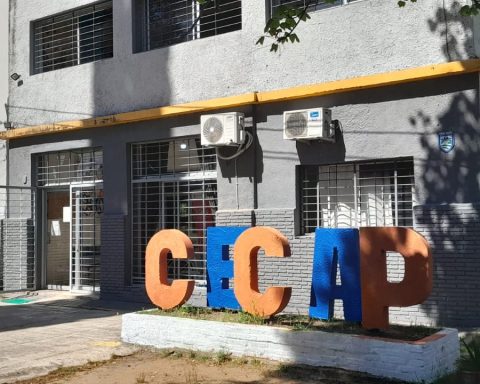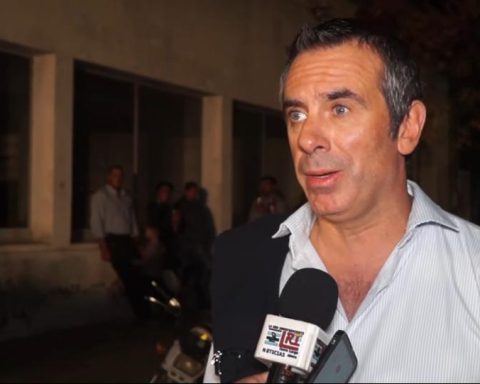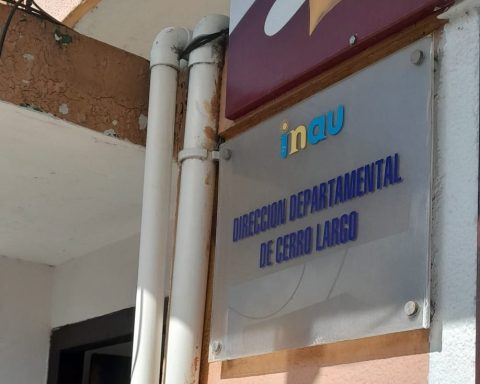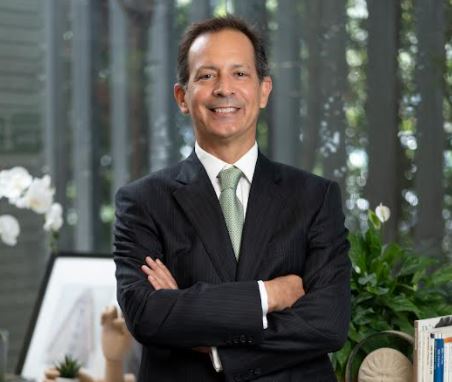The real wage fell 1.56% in 2021. This Monday, the National Institute of Statistics (INE) published the figures of the Average Salary Index (IMS) last month and although the purchasing power of wages rebounded in December, the nominal increase in wages in 12 months (6.28%) could not reach the inflation (7.96%) of last year.
The last time real wages grew in a moving year was punctually last April, when the Central Bank managed to control inflation to 6.76%, within the target range set by the authorities of the economic team (3% at 7%).
In the course of last year, the salary of the private sector increased 6.55% and those of the public sector did so by 5.88%. However, when inflation is taken into account, the result is that the real wages of both decreased by 1.31% and 1.93%, respectively.
Looking back over the last six years, the real wage peak was in January 2019. Since then, the purchasing power of workers has moved irregularly downwards until the outbreak of covid-19, when the downward trend was more clearly consolidated. Until today, the level of six years ago has not been recovered..
In the last stretch of 2021, most of the negotiating tables agreed on salaries above the guideline of the executive power, in search of recovering the salary lost during the unfavorable economic situation brought by the pandemic. Therefore, the negotiated increases will surely begin to be reflected in IMS measurements this year. On January 3, the director of the OPP isaac alfie I had already anticipated that the real wage would fall in 2021but ensured that “From now on, surely with the recovery of employment, this fall will stop and, at some point, real wages will have to start rising.”
Nevertheless, salary negotiations on the guideline can complicate the government’s inflationary goals. Inflation (7.96%), although it fell in relation to that of 2020 (9.41%), closed almost one percentage point above the ceiling of the target range set by the economic team (7%). For 2022, the BCU projects that consumer prices will grow 5.8%, while private analysts estimate 7% and businessmen 8%.
December data
The private sector of the IMS presented a monthly nominal variation of 0.44%“fundamentally product of the incidences of the sections: ‘transport, storage and communications’ (0.18%), ‘wholesale and retail trade’ (0.11%) and ‘manufacturing industry’ (0.09%) “, according to the INE report.
In addition, the public sector of the IMS showed a nominal drop in December of 0.10% which is explained “by the incidences of the ‘Central Government’ (-0.07%), ‘public companies’ (-0.03%) and ‘departmental governments’ (0.00%)”, explained the document.
With these numbers —and considering the drop in prices in December (0.10%)— the purchasing power of private officials improved 0.54% in the last month of the year, while public officials remained stable, totaling a general increase of 0.34%. In December —as usually happens every year— the Consumer Price Index (CPI) went against the trend of its growth in the previous 11 months and moved down due to the impact of the UTE Premia plan, which alleviates the cost of electricity rate to the bulk of its residential customers.

















